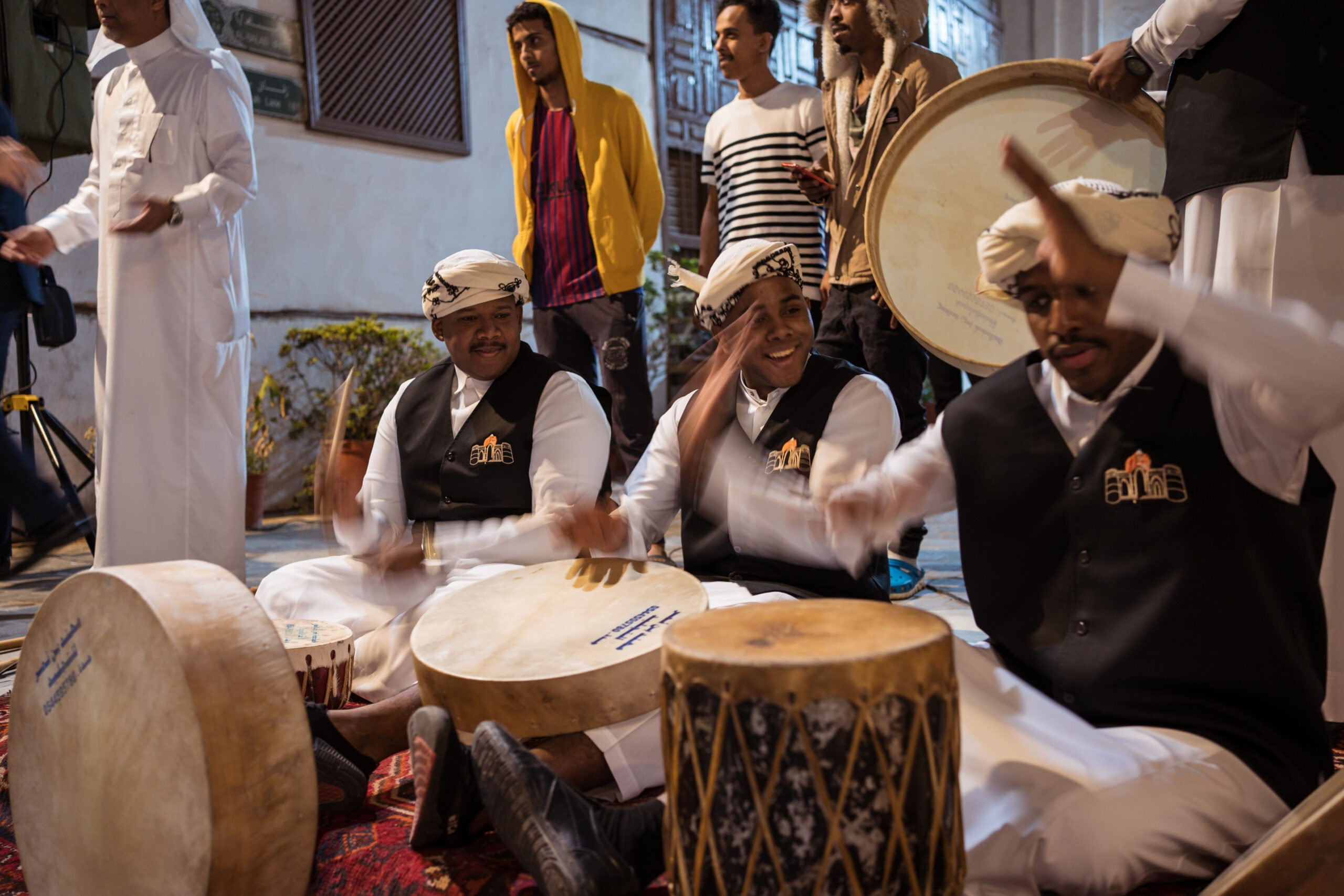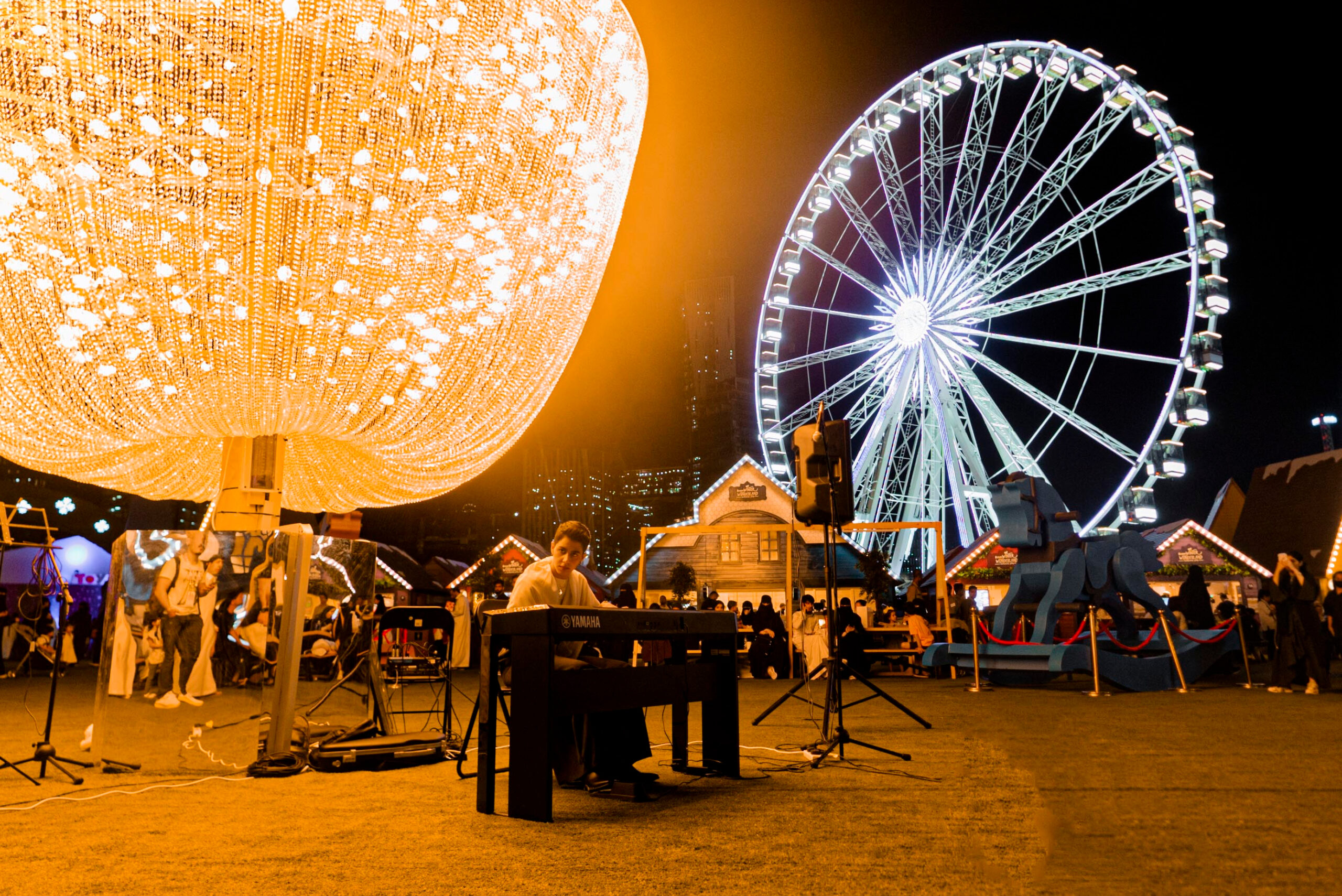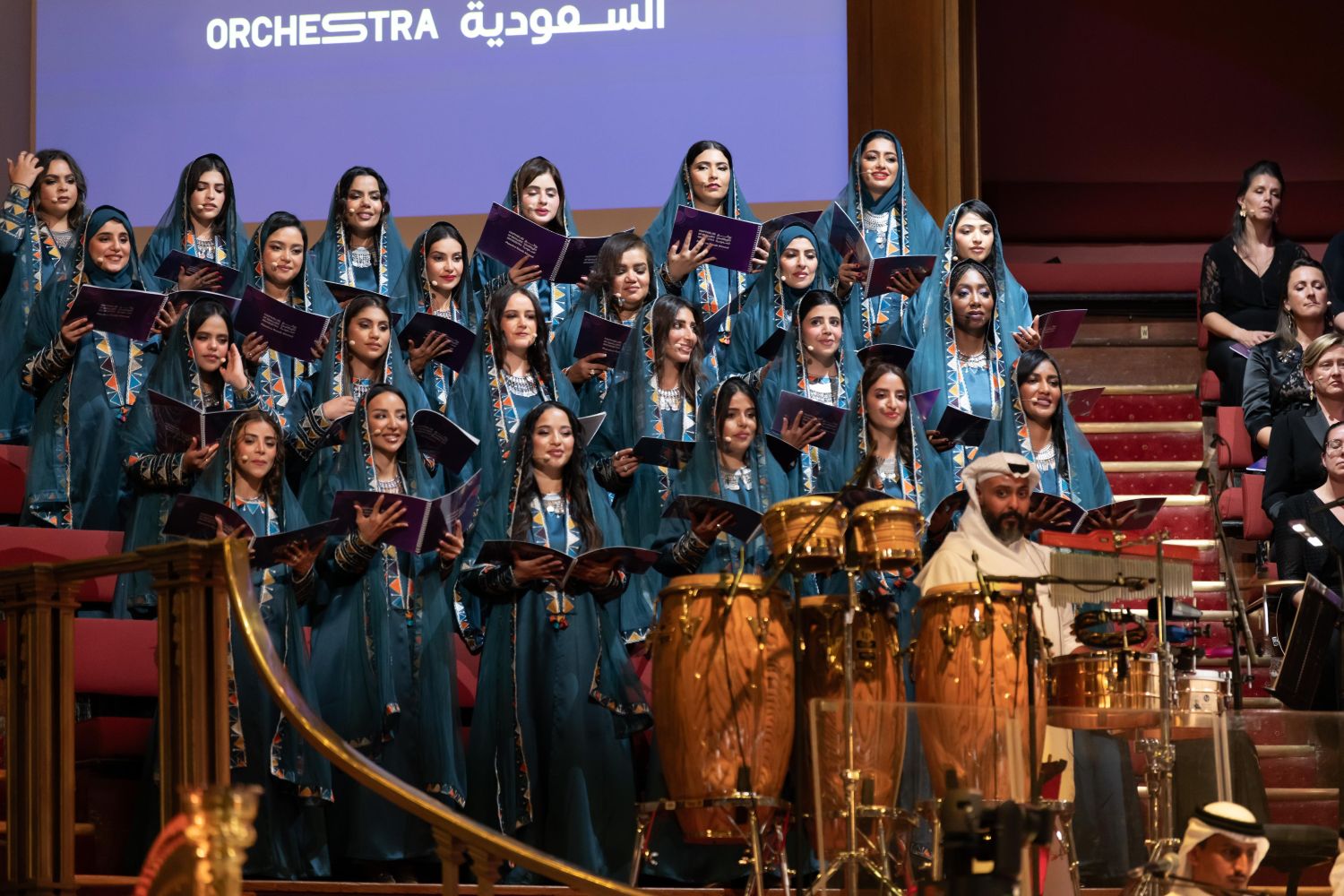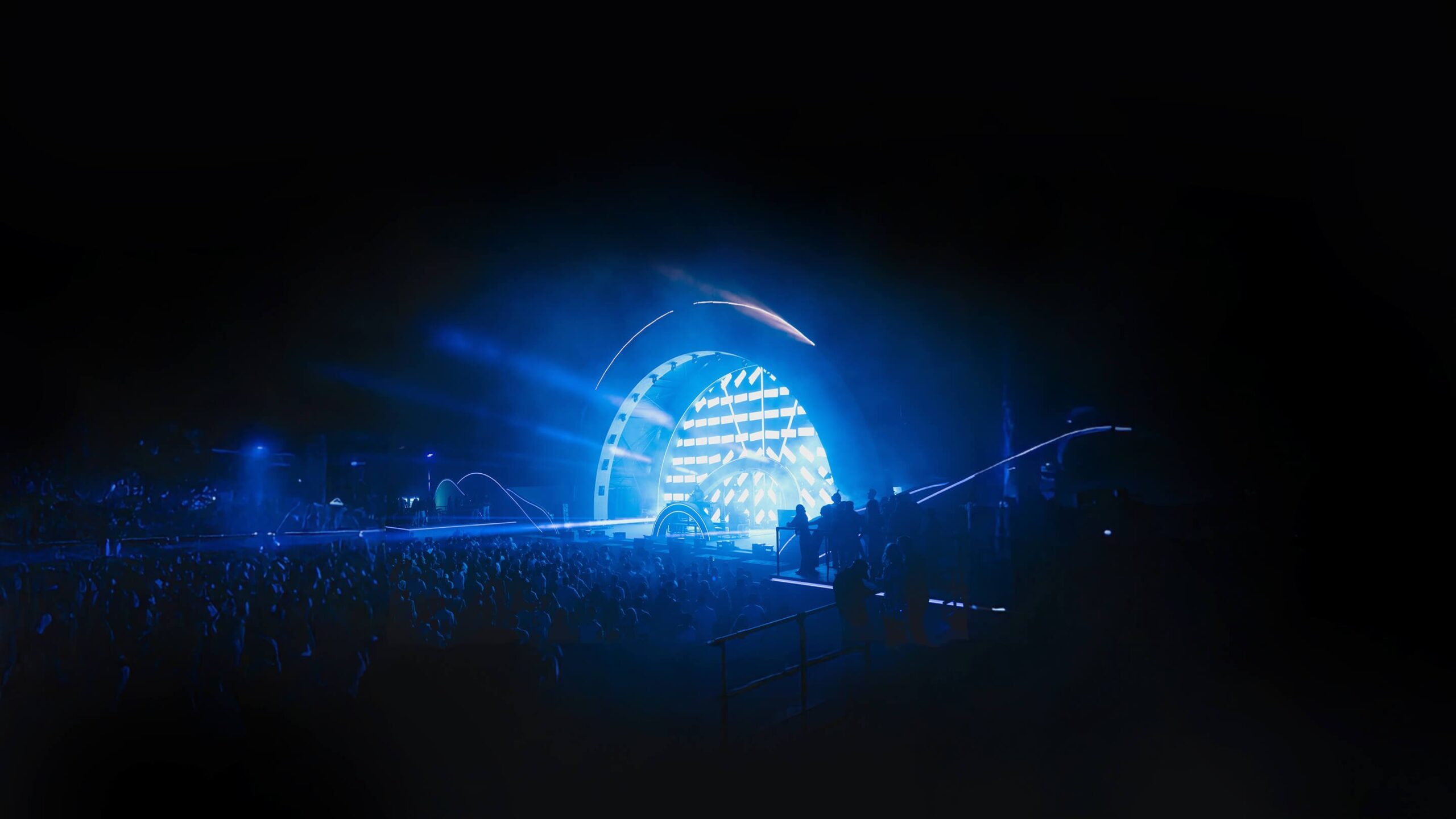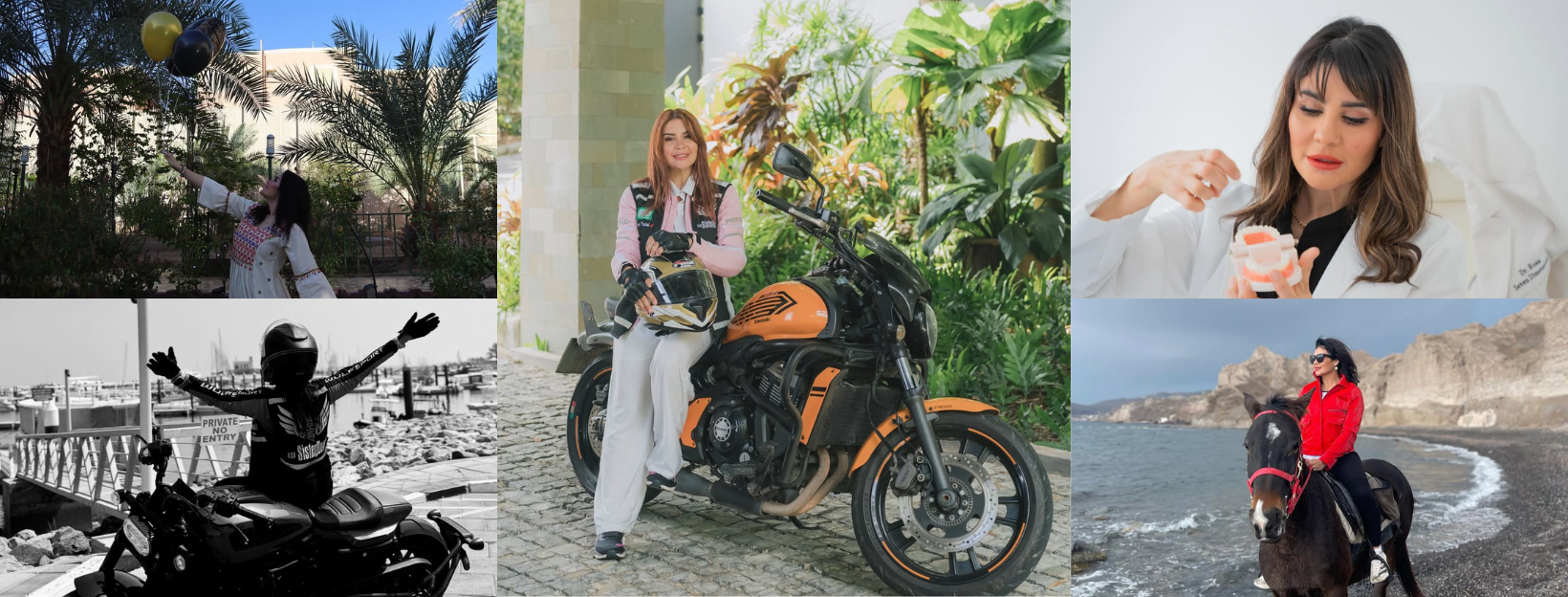From Sand Storm to SoundStorm, Saudi Music Goes Harder Than You Think
Music is more than entertainment; it is the reflection of a nation’s soul. In Saudi Arabia, music connects generations, preserves heritage, and expresses the identity of a culture that has experienced remarkable evolution.
Situated at the crossroads of Asia, Africa, and Europe, Saudi Arabia has long been a meeting point for diverse cultures and civilizations. Over the centuries, these cultures found common ground through music — a unifying force that both honors the influences of the past and embraces the promise of the future. Today, as emerging artists, evolving genres, and groundbreaking events reshape Saudi Arabia’s musical landscape, the country continues to celebrate its rich and diverse cultural heritage while charting new creative horizons.
So, a musical icon isn’t just a performer (though Saudi has plenty of those), it is also dances, instruments, and events. In this cultural guide, we’ll showcase these musical icons and explore what they say about Saudi culture today.
The beat of a nation
Although just one part of it, Bedouin culture is hugely important to Saudi national identity. By necessity, these nomads travelled light and the music reflects this. Traditional Bedouin music is rooted in rhythm from the iconic drums riq, daf, and tabla. These instruments are iconic in themselves; you’ll hear this music still performed across the Kingdom and you can even buy one yourself in souks and music stores if you want to take the beat home. I
Of course, a young and dynamic nation will have lively and energetic beats, which will inspire dancing. The iconic Alardah Alnajdiyah – Saudi Arabia’s national dance – is recognized by UNESCO as part of Saudi Arabia’s intangible cultural heritage. Often referred to as ‘the sword dance,’ It is actually a mix of music, dance, and poetry – it’s so iconic, some high profile visitors like King Charles III of the UK, the former US President Donald Trump, and football star Cristiano Ronaldo have even joined in.
But Alardah Alnajdiyah is not the only icon inspired by the Kingdom’s beats. The Samri dance from the Hejaz region, for example, is performed while kneeling and is usually danced at weddings, while Jizan’s Al-Azzawi dance is characterized by fast movements, drum beats, and can often be considered as an expression of victorious excitement during celebratory occasions.
From roots to rhythms: Saudi music’s cultural shift
A new television channel by the name of MTV changed the music industry in the West in early 1980s, as visual storytelling became central to the music industry with video clips and live TV performances, transforming music from soothing melodies to visual spectacles. In a similar fashion, in the early 21st century, Rotana TV launched from Saudi Arabia as a dedicated music television channel for the Arab World. Today, it’s still going strong bringing the latest hits, music videos and timeless classics to the world. Rotana has become an icon of Saudi and Middle Eastern music as the soundtrack to cafes, parties, and just to keep up with what’s hot.
And as musical heritage accumulated and audiences grew, some Saudi performers have risen to the status of musical icons. Artists like Abadi Al-Johar, Mohammed Abdu, Abdul Majeed Abdullah, and Eitab (full name Tarouf Abdul Khair Adam HawsawiI) produced sounds that transcended through time and boundaries, giving voice to the deeply ingrained values of family, love, national pride, and bringing people together.
- Abadi Al-Johar: Think Jimi Hendrix and his mastery of the guitar when you think about Al-Johar’s relationship with the oud. In fact, he is referred to as the “Octopus of the Oud” and is one of Saudi Arabia’s most revered musicians and composers with a dedicated following with a career spanning over four decades.
- Abdul Majeed Abdullah: A soulful voice with romantic ballads, Abdullah is one of the most popular names in the Saudi music scene, connecting with both older and younger generations with his music embracing love. Close your eyes and imagine yourself at a Paul McCartney concert where one song takes you to your childhood and the other is his latest release, arousing curiosity. That’s what it feels like being at an Abdul Majeed Abdullah concert.
- Mohammed Abdu: He is an iconic composer and singer with a career exceeding six decades, earning him the nickname of the “Artist of the Arabs”. Known for his artistry in preserving old, inherited songs without changing them too much, his influence extends across the Arabian peninsula and beyond.
- Eitab: Full name Tarouf Abdul Khair Adam Hawsawi, Eitab was one of the early icons of Saudi music, having been discovered at as young as age 13. Having recorded over 15 albums, Eitab managed to become an ambassador of Saudi music in an industry that was back-then male-dominated. Think Ella Fitzgerald in the male-dominated world of jazz in 1930s and ‘40s.
And, with the growth of televised music came the growth of Saudi pop culture. Traditionally influenced beats and melodies started to blend with modern production techniques, paving the way for the rise of a new generation of Saudi singers like:
- Majid Almuhandis – Almuhandis is a celebrated Iraqi-Saudi singer and composer who has captivated audiences across the Arab world with his smooth vocals and romantic ballads. Almuhandis began his career as an engineer, which inspired his nickname (Almuhandis means “the engineer”), but his passion for music soon took center stage. His deep connection with Saudi Arabia, through his collaborations with major Saudi artists and his widespread appeal, has solidified his place as a beloved figure in the Gulf region.
- Rabeh Saqer – A versatile musician with an ability to blend traditional and modern sounds, making him a favorite not only in Saudi Arabia, but across the Arab world.
- Rashed Almajed – known for his distinctive voice and a career spanning over three decades, Almajed blends traditional rhythms with contemporary pop influences. His heartfelt lyrics and memorable melodies have earned him numerous awards and cemented his status as one of the most influential and successful artists in the Kingdom.
New generation, new beats
Saudi music has always embraced international influences, from the Persian, Indian, and African beats, to the influence of European orchestras on the Andalusian style. Today, new artists and performers are blending traditional Saudi rhythms, instruments, and forms with blues, electro, hip hop and more; an evolution which reflects the tastes of Saudi’s young population, who are active, dynamic, artistic, and is ever eager to produce new things. Some leading trend-setters of these new Saudi beats include:
- Seera – who are an all-women psychedelic rock band, blowing open the doors of perceptions of Saudi Arabia.
- Loulwa Al-Sharif – she is Saudi’s first blues singer, playing tribute to the styles of America’s greats with a Saudi twist.
- Jara – who is blending the flow of west coast US rap with Saudi beats to create her own unique hip hop style – she even went viral on Saudi national day
And if you are eager to explore more on the new generation of Saudi DJs, read our exploration of them here [INSERT LINK FOR THE SAUDI DJs LISTICLE].
Of course, as the music scene grew more diversified and sophisticated, musical events have become iconic, too! It all began with SoundStorm, a huge new music festival in Riyadh that has rapidly established itself as one of the premiere musical events in the Middle East, bringing together local and international artists every year. Today, MDL Beast is redefining not just the Saudi music industry, but drawing crowds from all over the world as well as some of the most famous bands and artists from around the globe, while launching new artists, creating new fans, and advocation for Saudi music.
In celebrating the artistry of Saudi musical icons, we witness the power of music to transcend borders and time. Each instrument, artist, and event contributed to the rich tapestry of Saudi culture, shaping the sound of a nation throughout generations. In Saudi, music is more than just sounds – it is the melodic expression of a journey through time.
